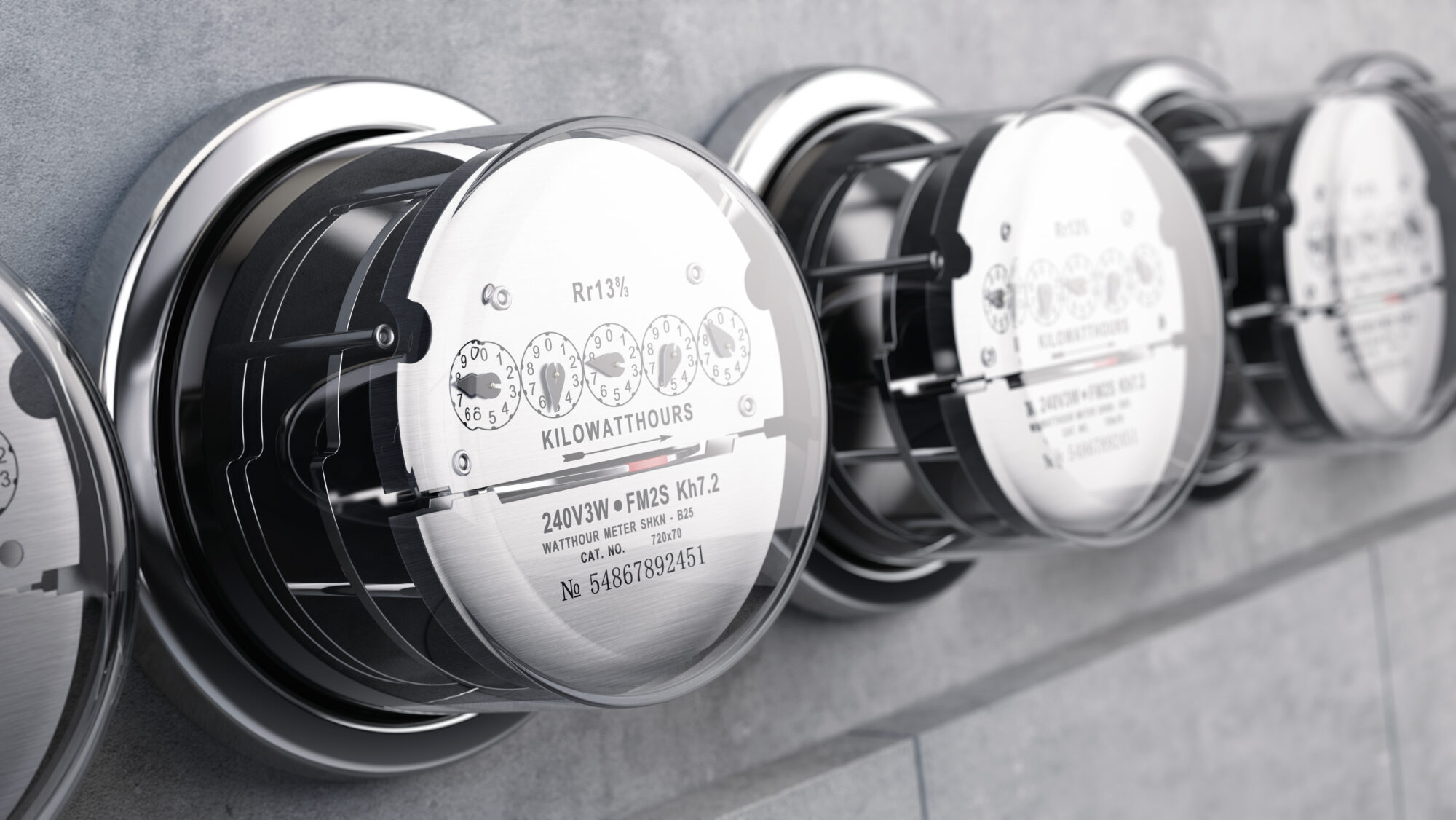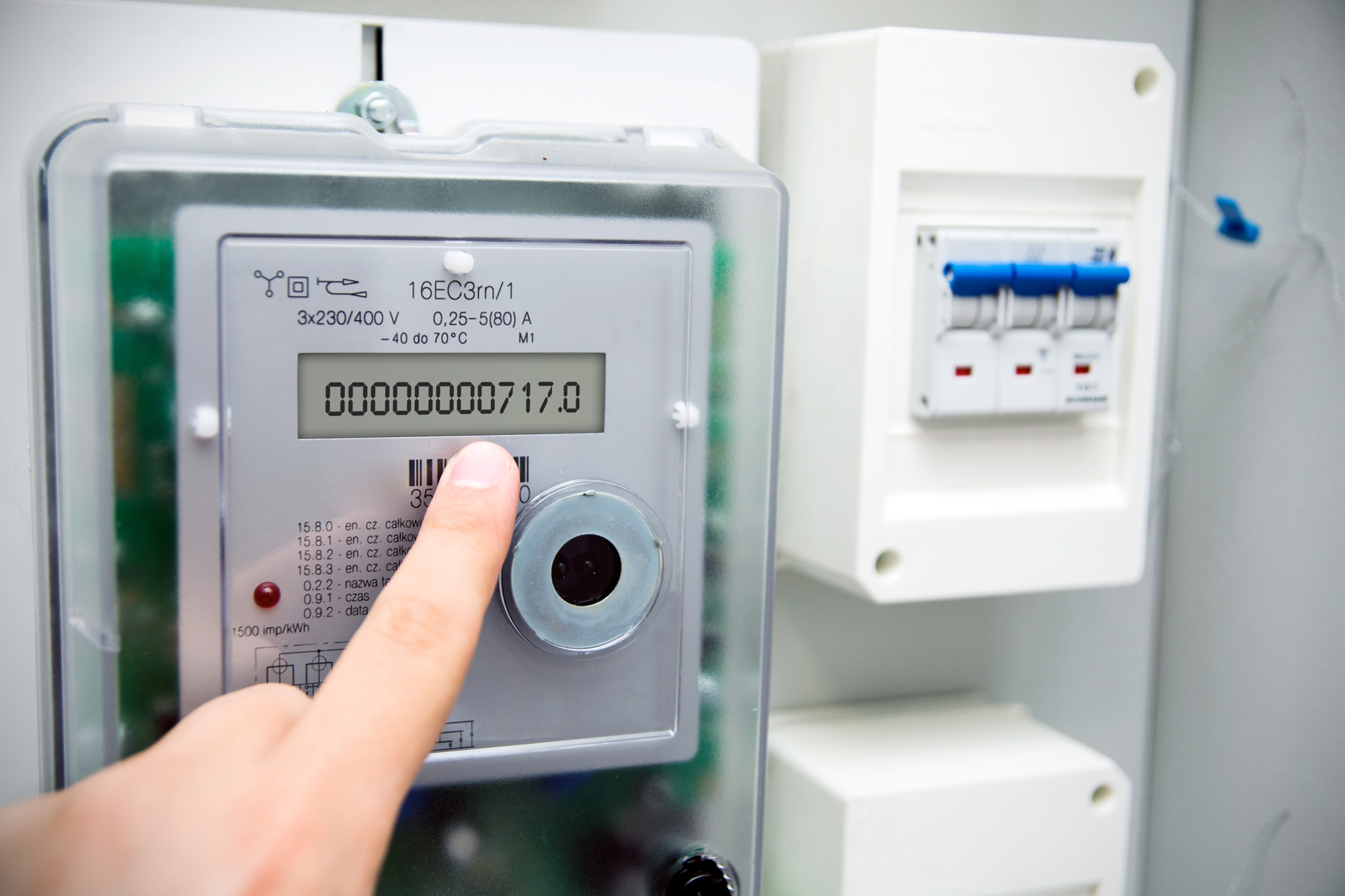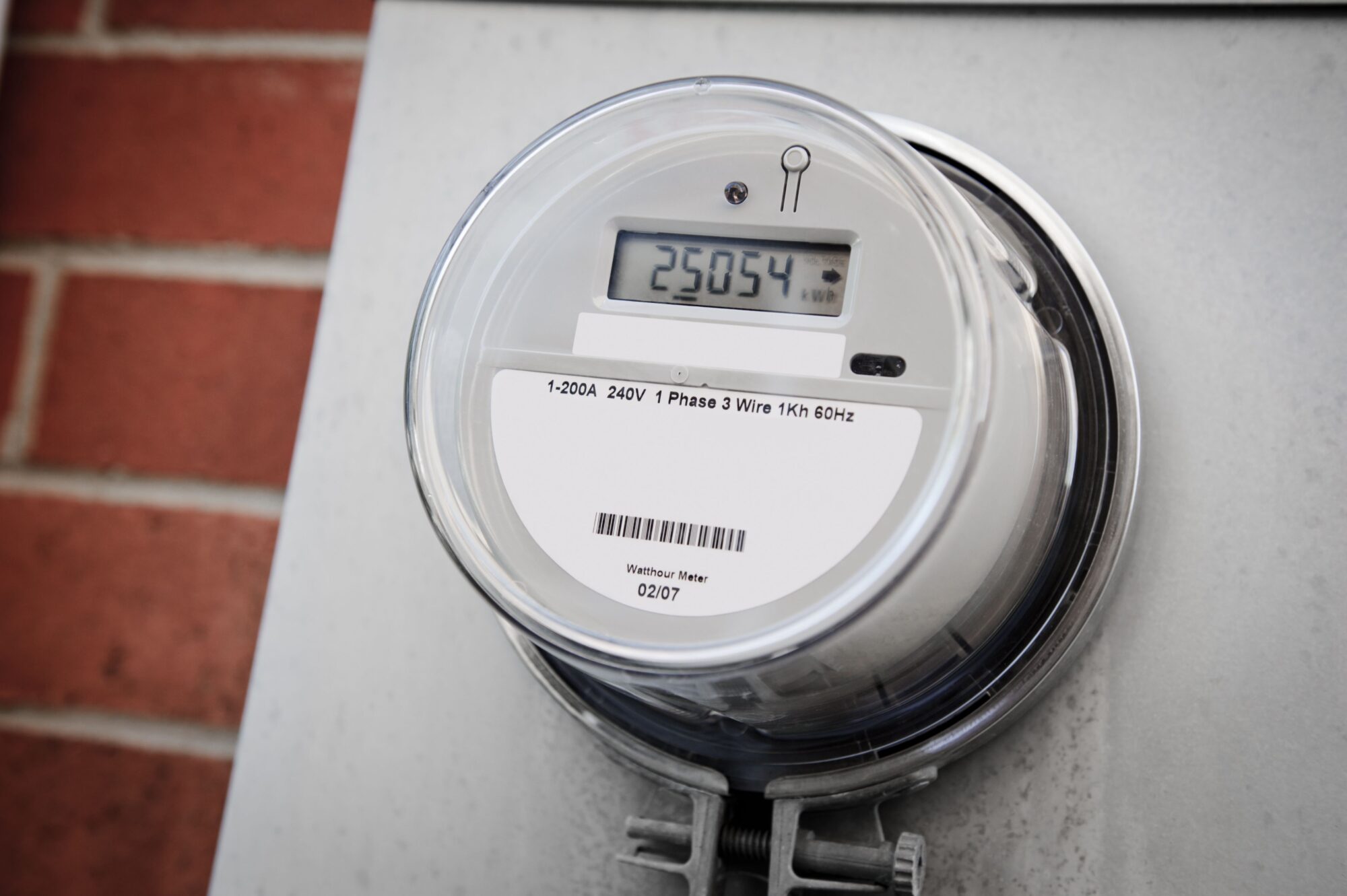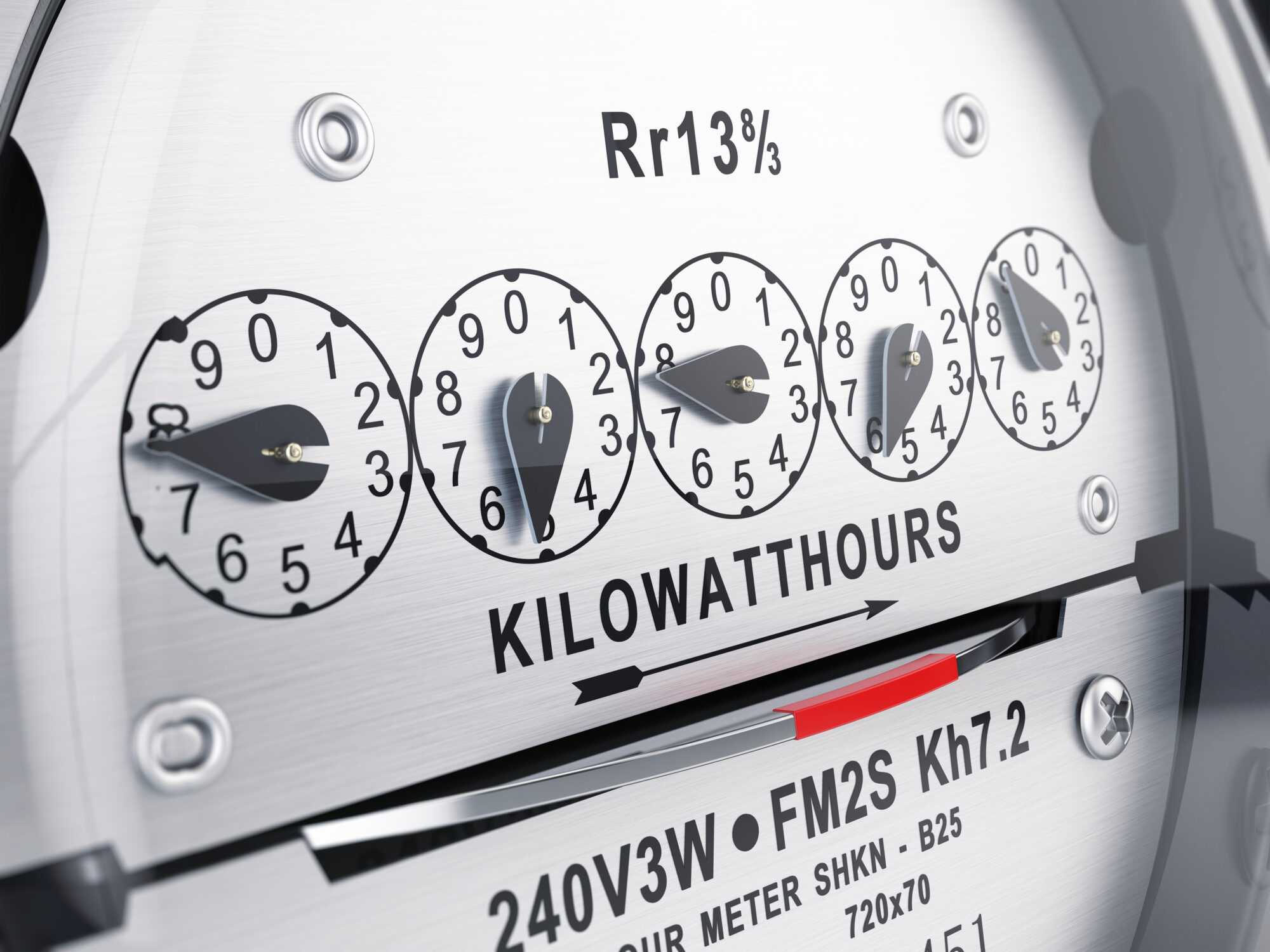What Exactly is Submetering?
Do you want to have more control over utility expenses in your building? Would it be beneficial to detect issues in your utility systems before they become hazards? Every year, building owners lose millions of dollars on wasted utilities and broken equipment. But taking submeter readings can help.
Submetering gives landlords, property owners, and property management companies the ability to precisely monitor utility consumption in buildings.
Traditionally, utility usage has been tracked via a master meter that gives a reading of consumption within an entire building. Conversely, submeters divide this usage between floors and units, so you can bill tenants on utilities they actually use.
In this article, we’ll take a closer look at utility submetering to explain the many benefits of this technology. In covering submeters, we will look at the following subtopics:
- Everything You Need to Know About Submetering
- What are the Benefits of Submeters?
- What Types of Properties and Utilities Can be Submetered?
- How do Submeters Work?
- How are Submeters Deployed?
What are the Benefits of Submeters?
Precise monitoring of utility consumption is the main selling point for submeters. They allow you to track utility usage on a unit-by-unit level, give you more control over tenant billing, system monitoring, and leak detection. Not to mention, submeter systems also increase the value of your property. Let’s check out some of the main reasons to submeter.
Positively Impacts Your Bottom line
Accurately monitoring your utilities will positively impact your bottom line. Since submeters allow you to see where electricity is being consumed, you have greater control over electrical expenditures. With monitoring and control practices, you can ensure your building stays within reasonable price tiers for electricity. This feature is particularly important during the hot summer months when HVAC systems have electrical grids working overtime.
Billing with Accuracy
Submeters operate on a granular level, thereby providing greater accuracy for tenant billing. Since submeters allow you to precisely bill above standard equipment, tenants no longer have to guess why they were charged a specific amount. Subsequently, they can better strategize ways to cut back utility usage.
In turn, submetering helps building teams become more sustainable. Even more importantly, because tenants can accurately see how much their utility consumption costs, they are further incentivized to lessen usage.
Keep everyone accountable for utility consumption:
Compliance and regulation
With a greater emphasis on sustainability, regulatory agencies in different U.S. states have developed their own criteria for energy efficiency. In order to monitor and enforce utility consumption compliance standards, building teams must be able to assess utility consumption on a granular level.
The American Society of Heating, Refrigerating, and Air-Conditioning Engineers (ASHRAE) has developed many of the minimum energy-efficiency requirements in use today. Due to new technological advancements with submeters, ASHRAE now requires this technology in certain buildings.
Following the criteria of ASHRAE and the National Electrical Manufacturers Association (NEMA), progressive states such as California and New York have begun mandating the installation of submeters. Noteworthy compliance standards include:
Learn more about submeter compliance and regulations:
Organized record-keeping and data analysis
Submeters allow you to track the utility bills of single tenants and make decisions the same business day.
You can bill individuals based on the utilities they actually use (as opposed to a building-wide estimate). Even more, by monitoring the data analytics of utility usage in your building, you can identify patterns that might help reduce your monthly expenses. Whatever your needs, rich data gives you the ability to stay organized and make informed decisions about utility usage in your building.
Stay organized and save money with submeters:
- How to Collect and Use Data from the Submeters in Your Buildings
- Choosing the Right Submeters for Your Building
Environmentally Conscious
Environmental awareness goes hand-in-hand with the implementation of submeters. By tracking usage by individual unit, you gain a clear vision of which areas of your building need improvement.
Pinpointing issues, like HVAC inefficiencies and leaky toilets, allows you to better conserve resources. Similarly, tenants become more mindful of their own consumption patterns by being able to see their usage.
What Types of Properties and Utilities Can be Submetered?
Submeters are beneficial for both residential and commercial properties. Whether you own an apartment building or strip mall, you can implement submeters to monitor and control utility expenses.
Properties that commonly use submeters include:
- Commercial buildings
- Shopping centers
- Medical centers
- Apartment buildings
- Condominiums
- Military housing
Learn if your property will benefit from submeters:
Utility billing
Submeters can be integrated with a number of different utilities. From energy consumption to wi-fi usage, this technology will help you monitor your utility costs.
You can use submeters on the following utilities:
- Electric
- Water
- Gas
- BTU
- Data
Save money on energy usage and electric bills:
How do Submeters Work?
To monitor usage, submeters are integrated with different utility systems in your building. For example, electricity usage is measured by an electric meter that is connected to a current transformer. Gas and water consumption are monitored by submeters that measure flows to specific parts of the building.
Networked Submeters
Networked submeters are directly integrated with software that consolidates data and presents it in a uniform fashion. By using computers, networked submeters save building owners a good deal of work in keeping track of utility usage for different tenants. Automated meter reading is a huge time saver.
Streamline your operations with networked water meters and power meters:
- Converting Manually Read Meters to be Read Remotely
- Webinar: Automating the Way You Manage Submeter Reading and Billing Part 1
- Webinar: Automating the Way You Manage Submeter Reading and Billing Part 2
- Webinar: Automating the Way You Manage Submeter Reading and Billing Part 3
Non-Networked Submeters (manual)
Non-networked or manual submeters work in a fashion similar to traditional electrical and gas meters. They give readings on utility usage in different parts of the building but are not integrated with one another through software. To check non-networked submeters, you need to manually visit each location in your building.
Pinpoint utility usage with non-networked submeters:
How are Submeters Deployed?
After you assess your goals, contractors visit your property to figure out the most efficient ways to use submeters at your location. Once an agreement is finalized, they will install submeters. Submeter systems must be regularly monitored and updated. Let’s take a more detailed look at each of the steps below:
Property Assessment
Your property assessment begins with understanding your goals. Once you have a clear vision of your needs, contractors will assess your building and current utility schematic. With this information in hand, they will develop a realistic assessment that weighs your goals versus the condition of your property.
Assess your property and learn how submeters can help you:
Expert Submeter Billing Audit and Installation
Getting a submeter billing audit is a surefire way to ensure that you don’t have any issues with your billing platform. Using an expert third-party vendor for a submeter billing audit will give you an objective view that exposes weaknesses and reinforces strengths.
- The 4 Most Common Submeter Billing Mistakes
- 5 Most Common Ways Submeter Reading Vendors are Dropping the Ball
- Improve Submeter Billback: Advice from Industry Experts
- Submeter Installation Issues: How to Avoid Them
Routine Maintenance and Billing
Whether you are using a networked or manual submeter system, it will require routine maintenance. Networked systems need maintenance from contractors and IT teams, while manual systems only need to be checked by plumbers, electricians, or HVAC professionals.
Analytics and Management
Networked submeter systems are a powerful tool for building owners. Not only do they consolidate utility consumption into a single location, but they can also be programmed for automated billing.
With standards like ASHRAE 90.1 beginning to gain traction within engineering, submeters will only grow in importance and relevance. To remain compliant with new and ever-evolving environmental standards, residential and commercial building owners are well-advised to get ahead of new energy management protocols.
Top submeter billing software provides sustainability dashboards and energy analytics so building owners can track kWh meters and energy costs in real-time.
Genea is an industry leader in submeter automation technology. Contact us to learn more about our offerings.






